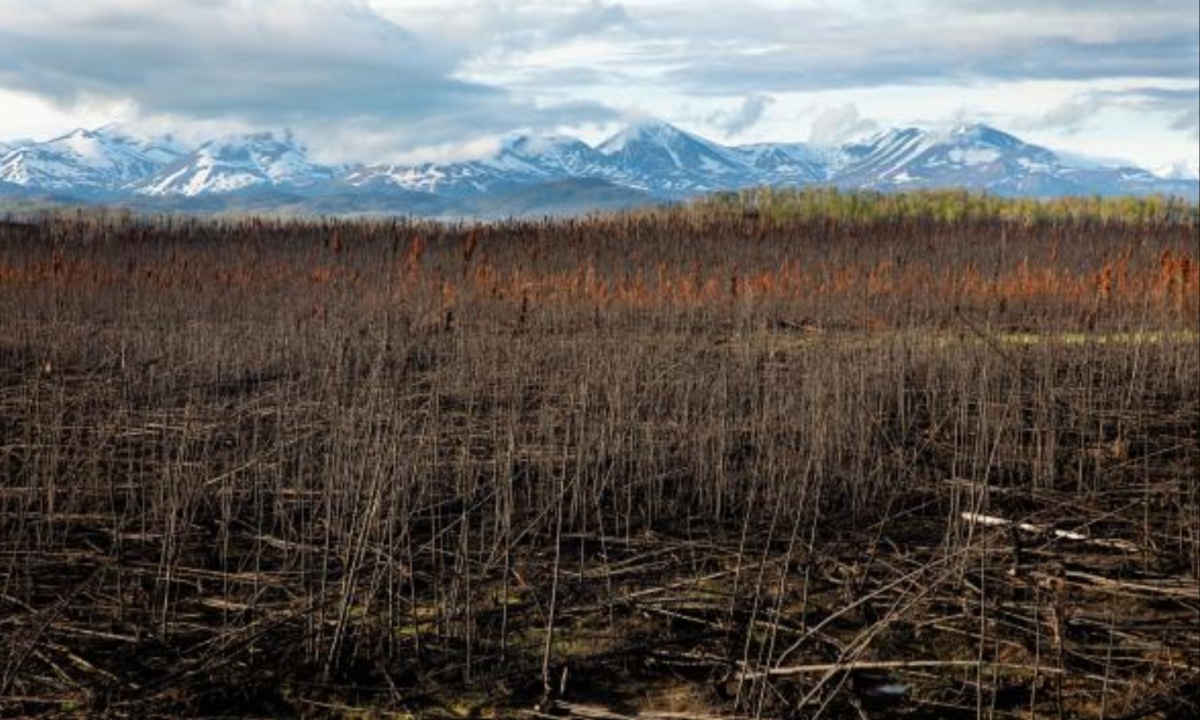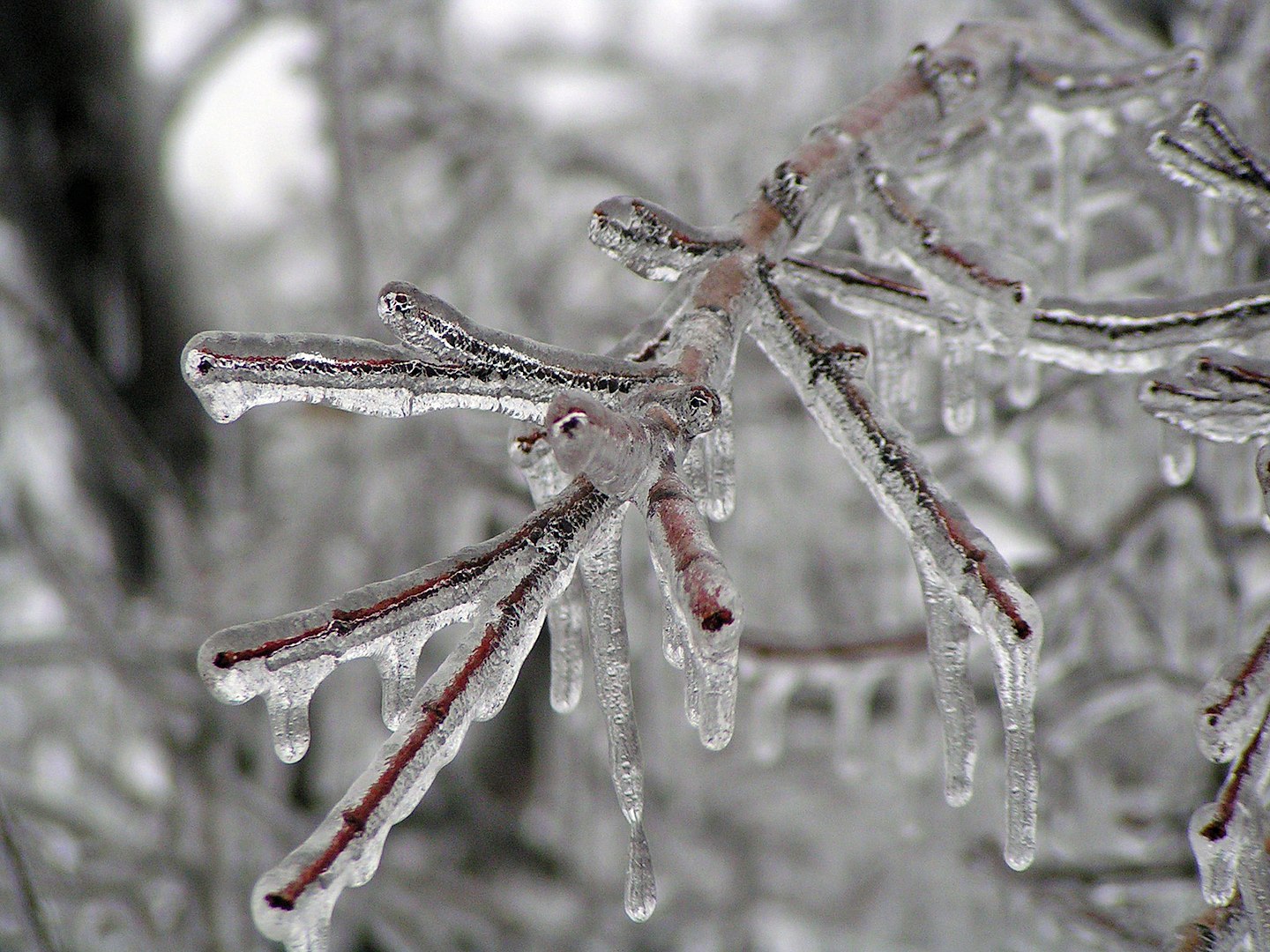This winter has been particularly strange, bringing warm spells alongside high and persistent winds. The author cannot recall such extreme wind events in the past 50 years, apart from the occasional Taku wind. Being confined indoors due to icy roads and a lack of sunlight has made the season feel even more unusual. The unexpected warmth has confused plants, with reports of rhubarb sprouting early and strawberry plants remaining green despite the season.
Signs of Climate Change in Alaska
The author strongly believes that this unusual weather is a sign of global warming. Alaska has long been considered an early indicator of climate change, experiencing temperature increases at a faster rate than other regions. Over the past century, the growing season in Anchorage has doubled, and even in the last 50 years, an additional 15 to 20 days have been added. While weather fluctuations are normal, the author is concerned that the lack of snow and unpredictable temperature shifts could have long-term consequences.

Despite the hurricane-force winds, most trees remain standing thanks to their natural adaptations. Scientists explain tree resilience using terms like “crown flexibility” and “wind-induced oscillation.” Essentially, trees are designed to sway with the wind rather than resist it outright. Their flexible trunks and strategically spaced branches help reduce wind resistance. Some trees even shed needles and branches to lessen the strain caused by extreme wind conditions.
The Role of Roots and Self-Pruning
A strong root system is crucial for tree survival in harsh weather. In Alaska, where cold soils limit deep root growth, trees compensate by spreading their roots wide beyond their drip lines. Another natural adaptation is self-pruning—strong winds cause dead branches to break off, reducing the tree’s surface area and making it more aerodynamic. These fallen branches decay and return nutrients to the soil, contributing to the tree’s regeneration process.
While trees have evolved to handle extreme winds, it is not safe for people to be outside during such events. The author humorously notes that only a mythical figure like Paul Bunyan would attempt to walk in such powerful gusts. Instead, it is better to stay indoors and observe how trees bend and move in the wind from the safety of a window. The article concludes with a mention of the Alaska Botanical Garden’s winter events, offering an opportunity for people to appreciate nature even in the colder months.
